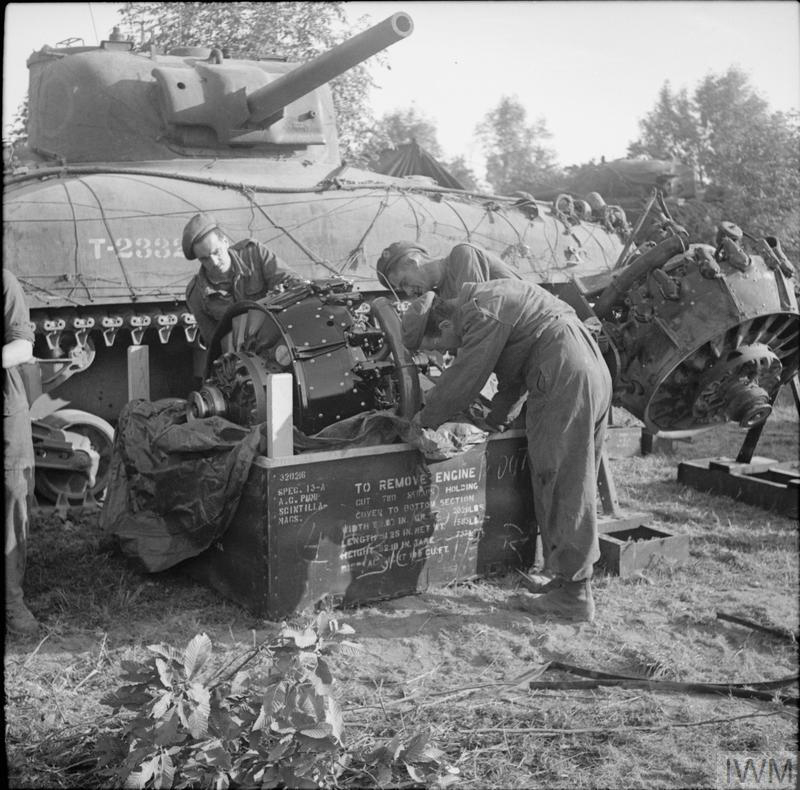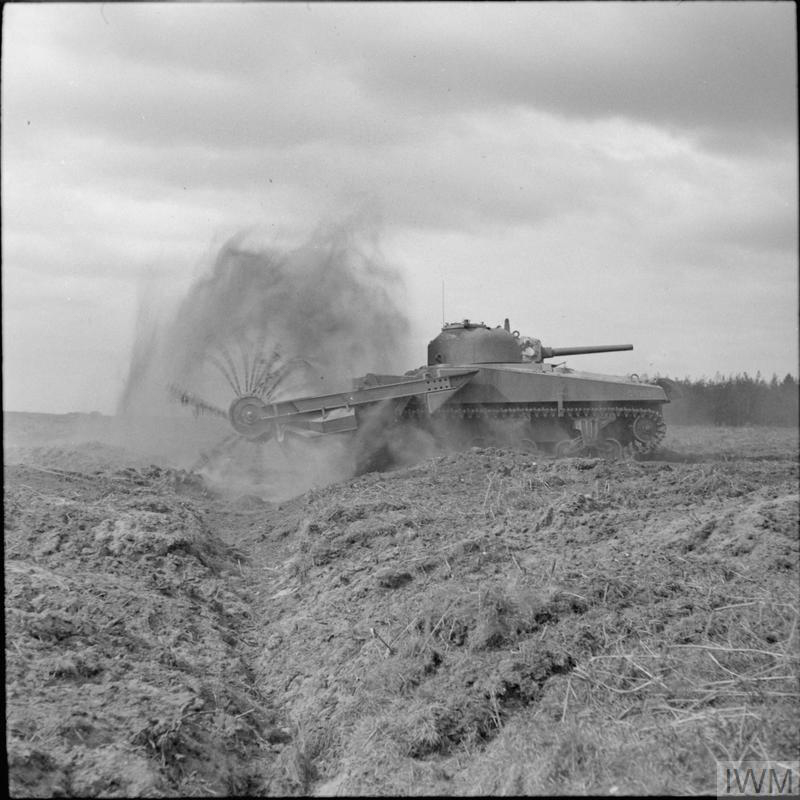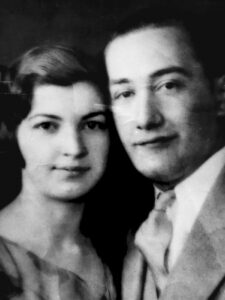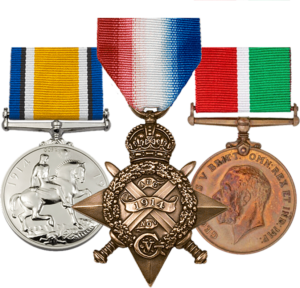Alfred joined the Royal Electrical and Mechanical Engineers (REME) on 15 April 1943. Formed during 1942, REME had the responsibility of maintaining, servicing, and inspecting almost every electrical and mechanical piece of equipment within the British Army. He joined the army as a Private with service number 14583718 and was described as 5 feet 7 inches tall, weighing 115 pounds, and with a pale complexion, brown eyes, and brown hair. He transferred into the REME in May 1943 and had completed his training to become an armourer by Christmas.

Arthur wrote the following account about preparing for D-Day in the 1980’s, possibly with the intention of sending it to a REME newsletter:
Along with thousands of other REME tradesmen, I was sent down to the invasion preparation areas as part of the ‘back up’ service to the D-Day Landings. The Army mustered all the available REME personnel from workshops dotted around the country and we all converged on the outskirts of Winchester and were temporarily attached to a regiment of the Guards Armoured Division, camped in very old and leaky bell-tents and conditions were awful.
The whole section of the Winchester by-pass had been commandeered by the Army and we used it rather like a production line at Ford’s. Tanks of all makes, Churchill’s, Sherman’s etc. arrived straight from the factory in the Midlands and were thoroughly checked, serviced, and received special waterproofing treatment which permitted them to operate in the water, if the landing craft landed in deep water (Bostik invented for this).
Quite a lot of our time was spent on creating what where later called ‘The Funnies’, there were tanks designed to do specific jobs after being landed on the beachhead. This was hush-hush work and most of these creations had to be shrouded in tarpaulin and camouflage when not being worked on, particularly the amphibious types that had a sort of canvass boat attached around the hull of the vehicle. Unfortunately, these were used with disastrous results owing to the foul weather in the Channel, a high percentage of these capsized and only the tank commander near the open hatch had a chance of escape when this happened.
Each morning we rose at reveille, whisked by lorries from the tents and started work before breakfast. Buckets of teas sent to us, we had no proper meals or mealtimes and worked all day driving back to the tents at 10 or 11 o’clock at night. This went on for 3 weeks or so. No time off was allowed at all from dawn to dusk - until one morning we were all given instructions to prepare for a ‘bullshit parade’ instead of our normal work. (note: this is a term used in the services to describe an inspection of one’s person or quarters). You can imagine the feelings of the men - whilst they accepted that the job had to be done on the tanks, they all felt that the C.O. made a big blunder, he could have at least have given us a few hours off instead of the parade, so the men passed the word around and when the R.S.M. gave the command ‘on parade’ we all let him know in no uncertain way how we felt.
The outcome was that the parade was a complete fiasco, the C.O. was ridiculed - he dismissed the parade immediately - and we were given a few hours off.
It was funny working on ‘the funnies’, we were not told what tasks they had to perform, one had to just work from drawings and sometimes we were given misleading facts to conceal the real reason for their construction. The ‘flail tanks’ and amphibians of course needed no explanation, but some jobs, when finished, mad our imaginations run riot as to what tasks they were to perform.
Apparently, it was funny to the German defenders too, because often the tank was completely waterproofed. We attached a length of cordite fuse all-round the various parts of the tank, with small detonators fitted at intervals. When the vehicles came off the landing craft ramp and made it safely to the beaches, the driver had a little plug to insert into a socket in the driving compartment which activated the fuse and detonation, which helped to remove all the waterproofing stuff that had been applied to the tank. These mini explosions fooled the Germans into believing that they had scored hits on them.
I have read quite a few books on the subject of the D-Day landings and read somewhere that one of the reasons for the initial set back on Utah, was because the Americans refused to use the funnies that the British Army offered to them.
Units
- Royal Electrical and Mechanical Engineers (1943-1945)
Medals




